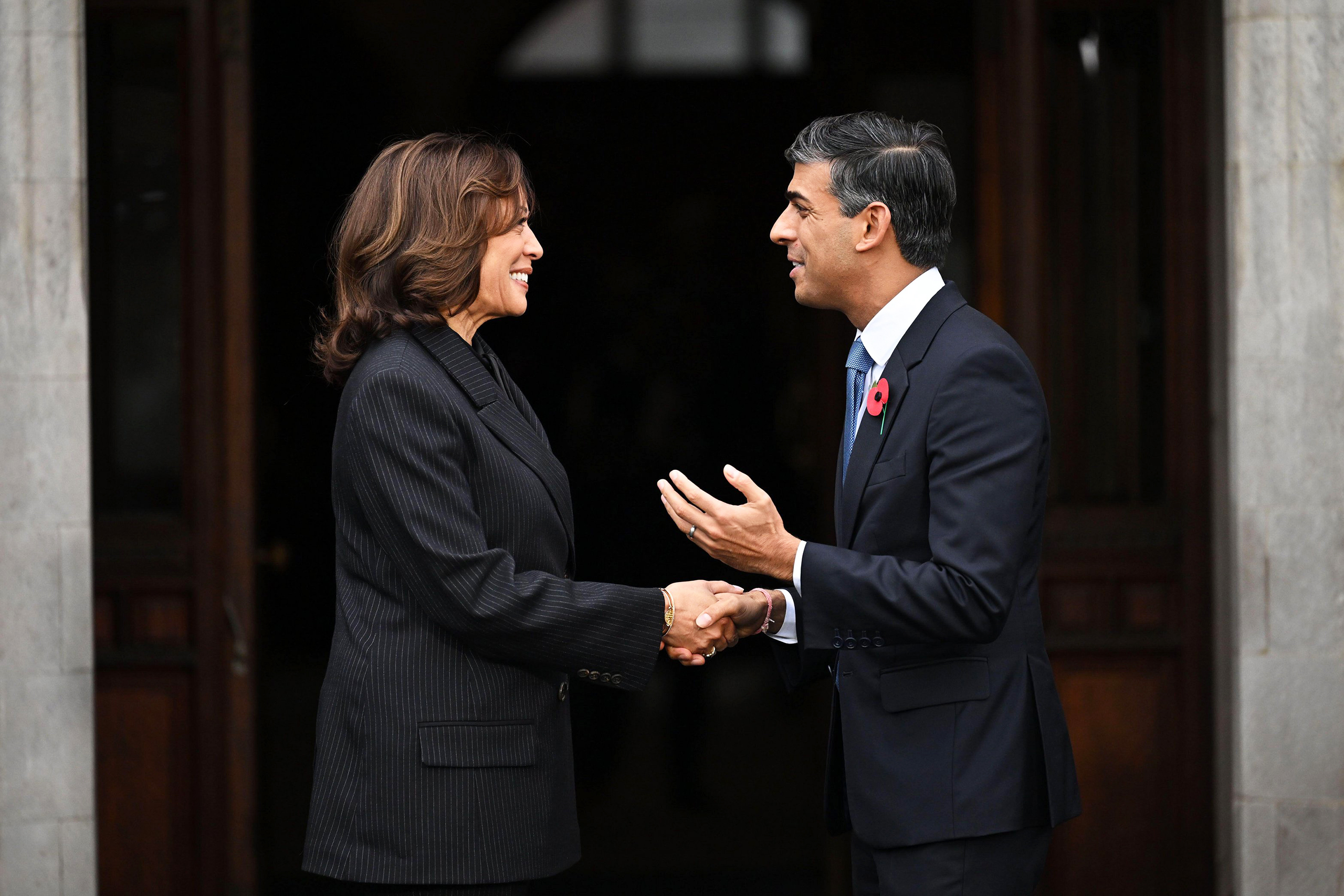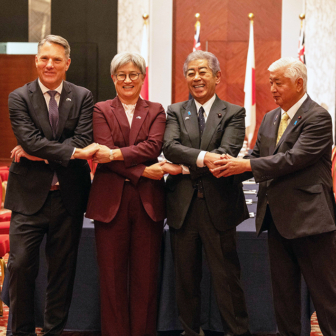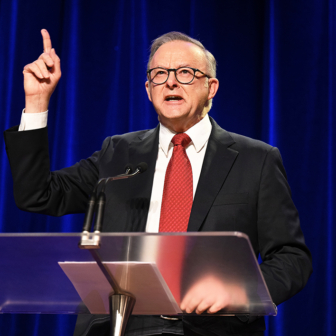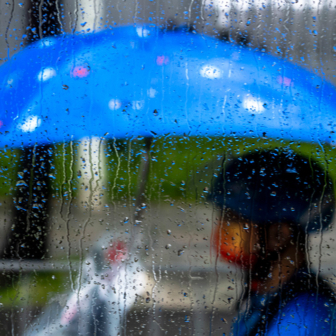With almost half the world’s population voting in national or Europe-wide elections during 2024, Time magazine declared it “the ultimate election year.” Now it’s almost over we can stand back and try to understand what it all meant.
“A graveyard of incumbents” is chief data reporter John Burn-Murdoch’s summing up in the Financial Times. “The incumbents in every single one of the ten major countries that have been tracked by the ParlGov global research project and held national elections in 2024 were given a kicking by voters. This is the first time this has happened in almost 120 years of records.”
The trend also held in many countries outside ParlGov’s (mainly European) group, though the graveyard analogy slightly overstates the damage. India’s BHP government avoided being relegated to the opposition benches but Narendra Modi must now coax small, allied parties into supporting his legislation. Taiwan’s Democratic Progressive Party somehow attracted an extra 2.2 percentage points in the legislature — and 17.1 points fewer for the presidency. Ireland’s triparty coalition, meanwhile, lost just 1.9 points.
Elsewhere, though, Burns-Murdoch is spot on: governing parties fell like nine-pins. Britain’s Conservatives shed almost 20 percentage points and handed government to Labour; France’s Ensemble lost just over 14 points and created a constitutional bind that soon undid an appointed prime minister; Portugal’s Socialists were down by 13.4 points and relinquished government in favour of a rickety alliance pulled together by the Social Democrats.
Voters in other countries were almost as emphatic. The centre-right Austrian People’s Party shed 11.2 points, Japan’s conservative and traditionally dominant Liberal Democrats 7.9 points and Belgium’s eclectic Vivaldi coalition 7 points. In South Korea the president failed to convince voters to give his party control of parliament and this month made a disastrous attempt to impose martial law.
More electoral tests are looming. The parties that made up Germany’s recently collapsed government will undoubtedly be treated roughly by voters in February, though the largest, the Social Democrats, could possibly cling to the government in a “grand coalition” with the Christian Democrats.
Canada’s prime minister Justin Trudeau, whose party now attracts just half the support of the rival Conservatives, will be weighing the benefits of delaying his reckoning with voters until October (though it’s not entirely his decision); as the Economist observes, “An easing of interest rates, a steady drop in inflation to just over 2 per cent and a breather in the dizzying ascent of house prices have done little to arrest the decline in Mr Trudeau’s support.”
Stretching the year back into late 2023 — an equally hostile environment for governments but with far fewer national elections — Poland’s authoritarian Law and Justice party was shown the door after nearly a decade in power with an 8.2 point loss of support.
Judged against this litany of setbacks you’d be forgiven for thinking a drover’s dog could have wrested the White House away from the Democrats. Indeed it might have done better than Donald Trump, whose opponent managed to restrict the difference between her result this year and Joe Biden’s in 2020 to a relatively modest 2.9 points (and ensure Trump’s margin was the second-smallest since 1968).
What explains the electoral reversals across much of the West? The big problem those countries share, says Burn-Murdoch, is voters’ intense worries about the “cost of living,” shorthand for the collective post-Covid impact of inflation, interest rates and a feeling that your household’s income isn’t keeping up. And the impact of inflation, in particular, on voter sentiment seems to linger long after prices stop rising unduly.
Burn-Murdoch also mentions immigration as a live issue in most of the countries that voted this year, but here the influence is harder to establish, partly because voters might be especially attuned to the issue by feelings of economic insecurity, and partly because worries about migrants are customarily fanned at a time like this by parties of the right — indeed, this is one of the essential features of right-wing populism — and are thus more likely to be reported to pollsters regardless of whether they influence voting behaviour.
Nor did the results uniformly favour parties of the right. Some of the most closely watched parties seeking re-election happened to sit on the left of the political spectrum, but where they didn’t — in Britain and Poland, for example — right-wing governing parties suffered their own reversals.
All of this raises the question of why the swing against the Democrats in the United States fell at the lower end of the scale. Did a whole series of supposedly weighty factors — the allure of Trump’s “disinhibited” style; Joe Biden’s faltering performance as president and delayed withdrawal from the race; the Democrats’ much-criticised “wokeness” and capture by the “professional managerial class”; the inevitable misjudgements of the Harris campaign; the lingering economic fears — really add up to a mere 2.9-point fall in support for the Democratic candidate?
Like all successful contenders, Trump managed to bring together several overlapping segments of the voting public. Far and away the most important was the big group of people who could never bring themselves to vote Democrat and supported Trump with varying degrees of enthusiasm. A much smaller group was made up of “swing” voters who opted for Joe Biden in 2020 but felt betrayed by what they perceived as a continuing cost-of-living crisis. (This group alone might have been big enough to play the decisive role.) Others — not necessarily a big percentage, and some of them probably only occasional or first-ever voters — opted for Trump because they were unconditionally attracted to his style and/or message.
But it’s likely that other groups of voters stopped him from doing as well as a more mainstream Republican candidate might have. Some of them would have been swinging voters who could never bring themselves to support a candidate like Trump. Others might have voted for him in 2020 but had since decided he was too dangerous or wrong-headed and switched to Harris. Still others were starting to experience the improvement in America’s economic performance and sharply lower inflation rates and believed that more of the same was less likely under Trump. And of course there was the biggest group of all, never-Republican Democratic supporters.
Given Trump’s fragile coalition of voter groups, and adjusting for this year’s peculiar circumstances, perhaps the Democrats’ future prospects are less dismal than the agonised debate about wokeness, elites and shifting class allegiances might suggest. That’s even leaving aside the likelihood that Trump’s second administration will be preoccupied with vengeance and riven with conflict, or that its tariffs will reignite inflation, none of which is likely to endear it to swinging voters.
A final source of encouragement is an apparent narrowing of the “electoral college edge” — the pattern of support that has repeatedly allowed the Republicans to turn a popular defeat into an electoral-college victory. A smaller gap increases the chances that any resurgence will translate into victories in the congressional and presidential races.
But four years is an awfully long time in politics, and Republican legislators across America will be doing all they can to tip the playing field in favour of Republican candidates at all levels of government, as will the plutocrats around Trump. What the global landscape does suggest is that the anti-incumbent mood could begin to recede now that the high post-Covid inflation is well behind us. A lot will depend on how governments respond to the underlying concerns about growing inequality that seem to have supercharged the inflation effect.
Unfortunately there’s not much comfort in this year’s election results for Anthony Albanese — especially given that the Reserve Bank seems almost certain to hold off cutting interest rates for a few more months. With Australia’s economy trailing America’s on most measures, it will be a while before we need to worry about any lag in perceptions once inflation is convincingly stabilised. Increasingly, all that seems to stand in the way of a return to Coalition government in the first half of next year is the federal crossbench. •




